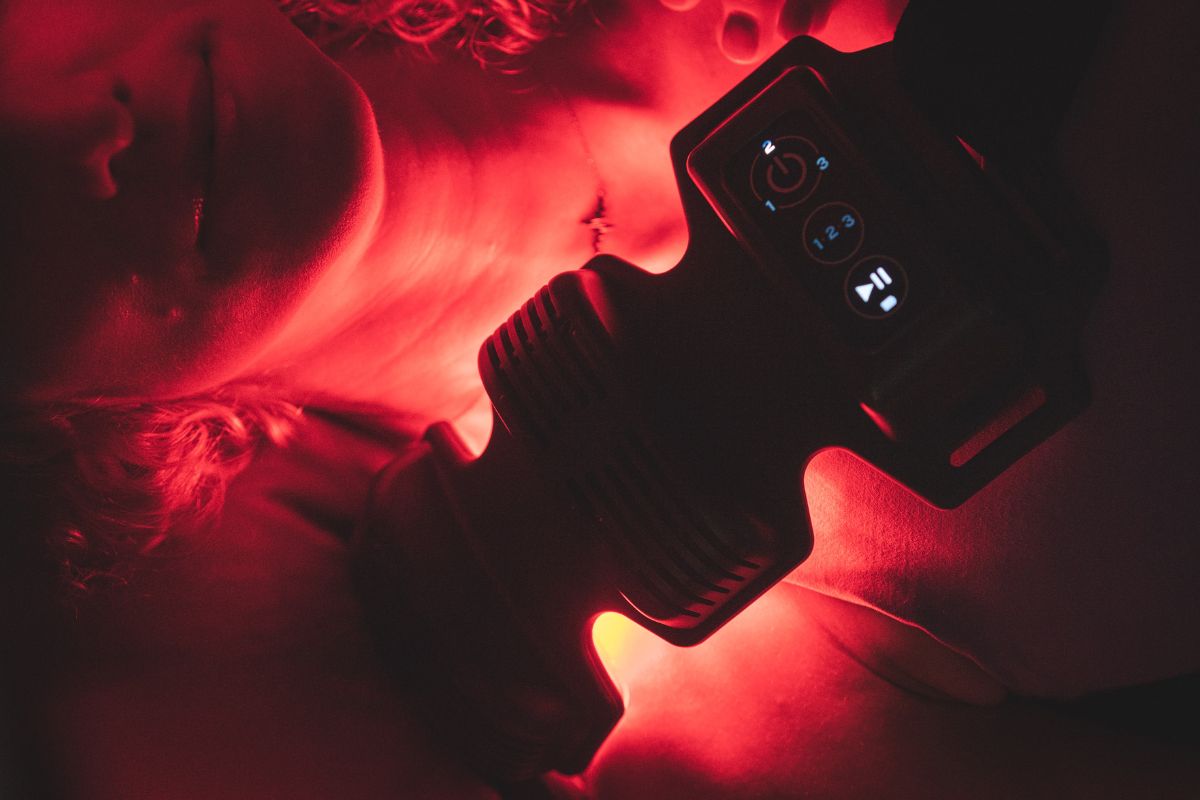Your cart is currently empty!
Photobiomodulation: implications for anesthesia and pain relief.

by Roberta T. Chow, MB, BS (Hons), FRACGP, PhD, and Patricia J. Armati, PhD
Results: Evidence shows that PBM can inhibit nerve function in vivo, in situ, ex vivo, and in culture. Animal studies using noxious stimuli indicate nociceptor-specific inhibition with other studies providing direct evidence of local conduction block, leading to inhibited translation of pain centrally. Evidence of PBM-disrupted neuronal physiology affecting axonal flow, cytoskeleton organization, and decreased ATP is also presented. PBM changes are reversible with no side effects or nerve damage.
Conclusions: This review provides strong evidence in neuroscience identifying inhibition of neural function as a mechanism for the clinical application of PBM in pain and anesthesia
Similar Studies
Mechanisms and Pathways of Pain Photobiomodulation: A Narrative Review